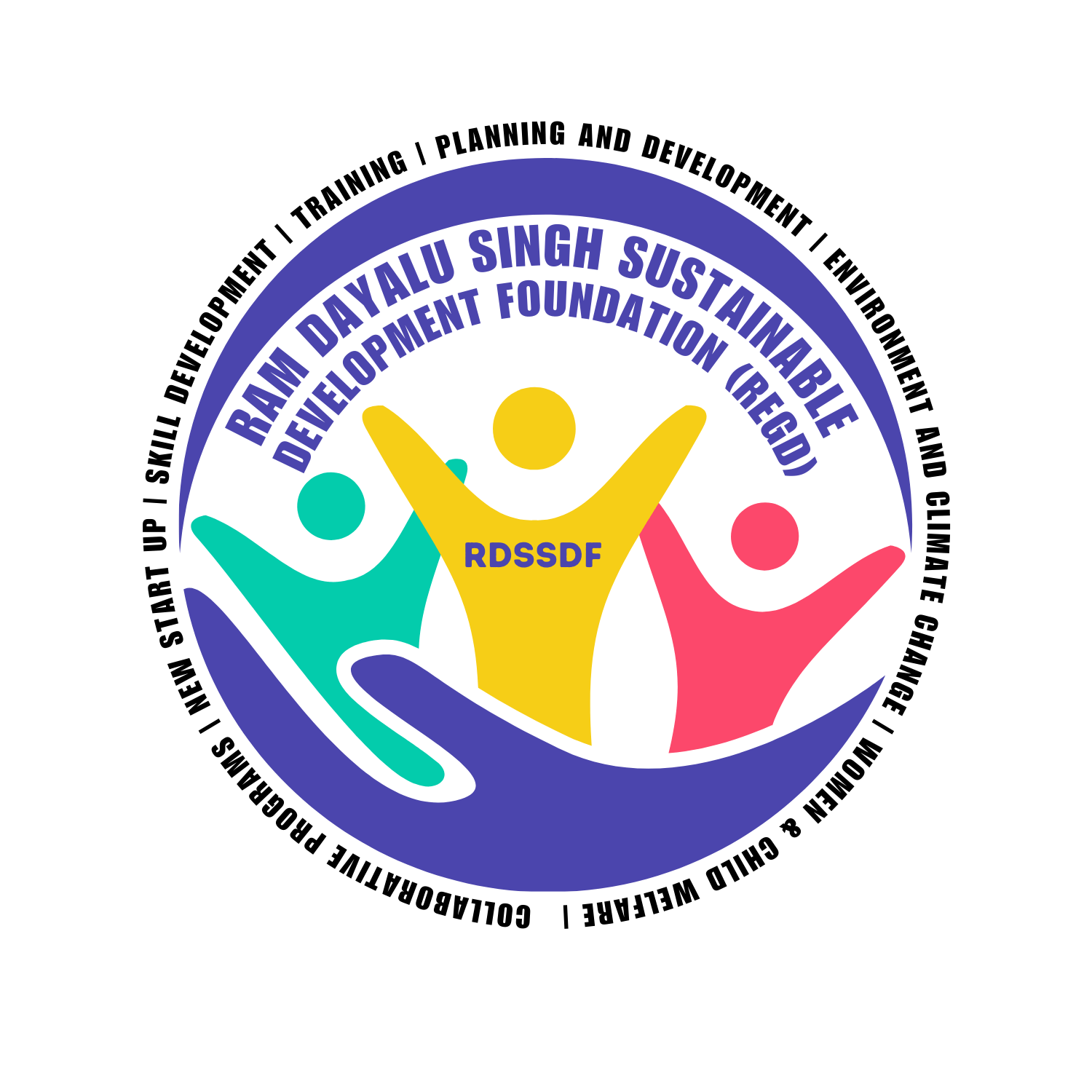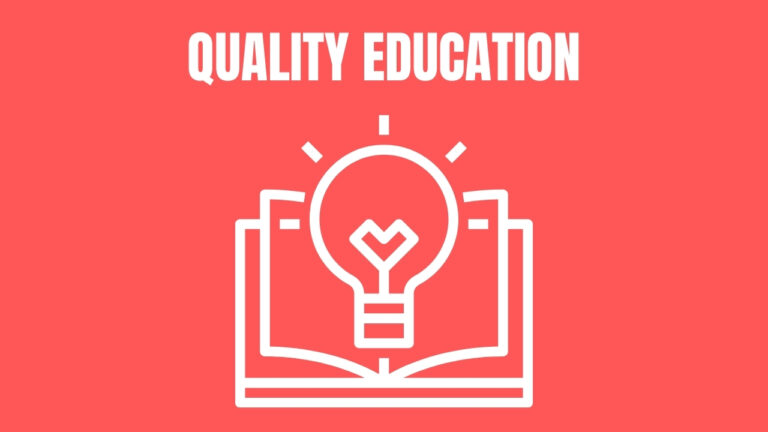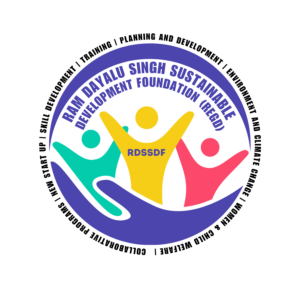Goal Overview
By 2030, strengthen the means of implementation and revitalize the Global Partnership for Sustainable Development to ensure successful and inclusive achievement of all Sustainable Development Goals (SDGs).
Key Targets and Indicators
Finance
- Strengthen domestic resource mobilization, including through international support to developing countries, to improve domestic capacity for tax and other revenue collection.
- Indicator: Total government revenue as a proportion of GDP, by source.
- Developed countries to implement fully their official development assistance commitments, including the commitment by many developed countries to achieve the target of 0.7% of ODA/GNI to developing countries and 0.15% to 0.20% of ODA/GNI to least developed countries.
- Indicator: Net ODA, total and to least developed countries, as a percentage of OECD/DAC donors’ GNI.
- Mobilize additional financial resources for developing countries from multiple sources.
- Indicator: Volume of remittances (in USD) as a proportion of total GDP.
Technology
- Enhance North-South, South-South, and triangular regional and international cooperation on and access to science, technology, and innovation, and enhance knowledge sharing on mutually agreed terms.
- Indicator: Number of science and/or technology cooperation agreements and programs between countries, by type of cooperation.
- Promote the development, transfer, dissemination, and diffusion of environmentally sound technologies to developing countries on favorable terms, including on concessional and preferential terms, as mutually agreed.
- Indicator: Proportion of total research budget allocated to research in the field of environmental technology.
Capacity-Building
- Enhance international support for implementing effective and targeted capacity-building in developing countries to support national plans to implement all the sustainable development goals, including through North-South, South-South, and triangular cooperation.
- Indicator: Total official international support (ODA plus other official flows) to infrastructure.
Trade
- Promote a universal, rules-based, open, non-discriminatory, and equitable multilateral trading system under the World Trade Organization, including through the conclusion of negotiations under its Doha Development Agenda.
- Indicator: Proportion of tariff lines applied to imports from least developed countries and developing countries with zero-tariff.
- Significantly increase the exports of developing countries, in particular with a view to doubling the least developed countries’ share of global exports by 2020.
- Indicator: Share of global exports by least developed countries.
- Implement duty-free and quota-free market access for all least developed countries, consistent with World Trade Organization decisions, including by ensuring that preferential rules of origin applicable to imports from least developed countries are transparent and simple, and contribute to facilitating market access.
- Indicator: Average tariffs faced by developing countries, least developed countries, and small island developing states.
Systemic Issues
- Policy and Institutional Coherence: Enhance global macroeconomic stability, including through policy coordination and policy coherence.
- Indicator: Number of countries with mechanisms in place to enhance policy coherence of sustainable development.
- Multistakeholder Partnerships: Encourage and promote effective public, public-private, and civil society partnerships, building on the experience and resourcing strategies of partnerships.
- Indicator: Number of multi-stakeholder partnerships that mobilize and share knowledge, expertise, technology, and financial resources, to support the achievement of the sustainable development goals in all countries, particularly developing countries.
- Data, Monitoring, and Accountability: By 2020, enhance capacity-building support to developing countries, including for least developed countries and small island developing states, to increase significantly the availability of high-quality, timely, and reliable data disaggregated by income, gender, age, race, ethnicity, migratory status, disability, geographic location, and other characteristics relevant in national contexts.
- Indicator: Proportion of countries that have conducted at least one population and housing census in the last 10 years, and proportion of countries with national statistical legislation that complies with the Fundamental Principles of Official Statistics.
Strategies and Actions
- Enhance financial support: Mobilize financial resources through international aid, public-private partnerships, and innovative financing mechanisms to support sustainable development in developing countries.
- Promote technology transfer: Facilitate the transfer and diffusion of environmentally sound technologies to developing countries, fostering innovation and sustainable practices.
- Strengthen capacity-building: Enhance the capacity of developing countries to implement sustainable development goals through targeted training, technical assistance, and knowledge sharing.
- Improve trade policies: Support developing countries in gaining fair access to global markets by promoting equitable trade policies and reducing trade barriers.
- Foster policy coherence: Ensure that national and international policies are aligned with sustainable development goals, promoting coherence and coordination across sectors and stakeholders.
- Encourage partnerships: Promote effective partnerships among governments, the private sector, civil society, and international organizations to leverage resources and expertise for sustainable development.
- Enhance data systems: Improve data collection, monitoring, and reporting mechanisms to ensure timely and accurate tracking of progress towards sustainable development goals.
FAO Actions to Support Monitoring
- Capacity building: Provide training and capacity-building programs for government officials, organizations, and communities on financial management, technology transfer, and sustainable development practices.
- Technical assistance: Offer technical support for developing and implementing national policies and strategies that align with sustainable development goals.
- Research and data collection: Conduct research and gather data on finance, technology, capacity-building, trade, policy coherence, and partnerships to inform policy-making and track progress.
- Guidelines and best practices: Develop and disseminate guidelines and best practices for financing sustainable development, promoting technology transfer, enhancing capacity, and fostering partnerships.
- Awareness campaigns: Promote public awareness and advocate for strengthened means of implementation and revitalized global partnerships through campaigns, workshops, and public events.
Conclusion
Strengthening the means of implementation and revitalizing the Global Partnership for Sustainable Development are crucial for achieving all sustainable development goals. By enhancing financial support, promoting technology transfer, strengthening capacity-building, improving trade policies, fostering policy coherence, encouraging partnerships, and enhancing data systems, we can achieve SDG 17. Together, we can build a more inclusive, sustainable, and prosperous world for all.





 Welcome to Ram Dayalu Singh Sustainable Development Foundation (RDSSDF), a beacon of hope and progress for the sustainable development of India. As a National Level Public Charitable Trust, it is dedicated to providing comprehensive support and innovative solutions.
Welcome to Ram Dayalu Singh Sustainable Development Foundation (RDSSDF), a beacon of hope and progress for the sustainable development of India. As a National Level Public Charitable Trust, it is dedicated to providing comprehensive support and innovative solutions.